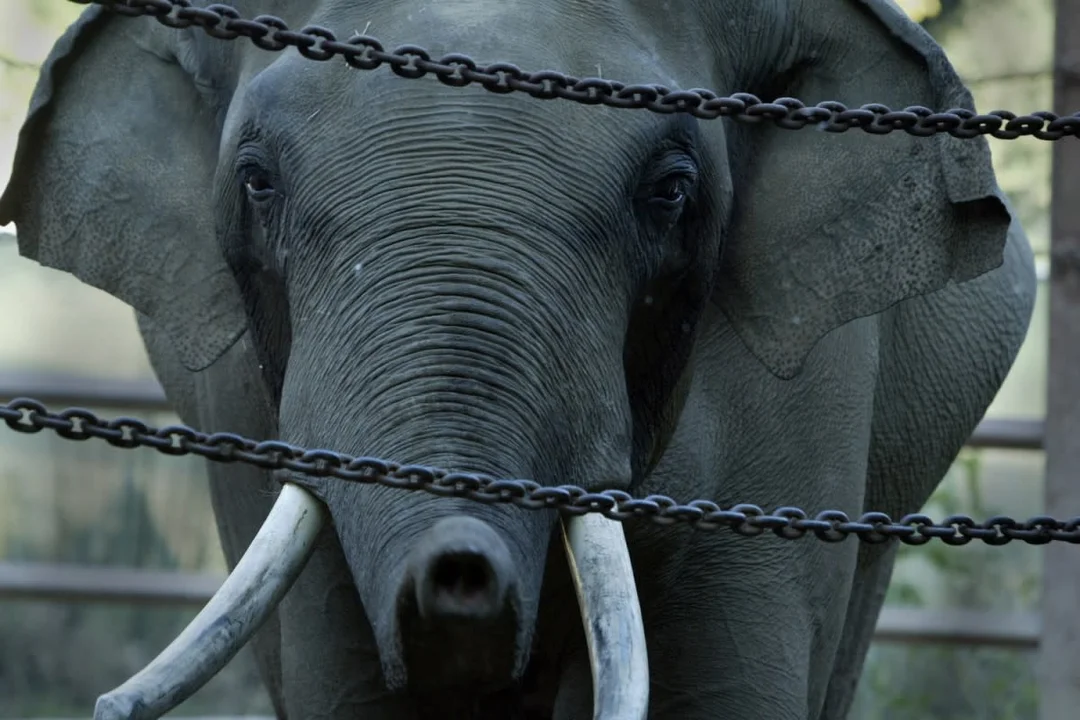
The Elephants’ Unforgettable Response to the San Diego Earthquake
On a tremulous day in Southern California, the world witnessed an extraordinary demonstration of family bonds within nature’s majestic creatures. A 5.2 magnitude earthquake rattled the region, including the heart of the San Diego Zoo Safari Park, where a herd of African elephants exhibited their instinctual protective behaviors, highlighting their intricate social structures.
As the ground beneath their feet began to shake, elders of the herd—Ndlula, Umngani, and Khosi—instinctively encircled the younger elephants. This remarkable behavior, described by zoo officials as an "alert circle," serves to shield the younger members from potential dangers. At the heart of this protective cluster were the younger elephants, Zuli and Mkhaya, who found themselves engulfed in the care of their older guardians for approximately four tense minutes until the rumbling subsided.
The San Diego Zoo officials remarked on this poignant display of familial instinct, emphasizing how such behaviors reinforce the idea that elephants possess a strong family structure. Videos captured during this moment show the elephants seemingly sensing the vibrations before the geological event was officially reported through systems like QuakeAlerts. Experts have long theorized that larger animals, including elephants, may have heightened sensitivity to seismic activities, which might explain their early response.
The tremor struck at 10:08 AM with an epicenter located near the equestrian town of Julian, notably only 2.49 miles away. Its reach was felt far and wide across Southern California, as detailed by the U.S. Geological Survey. Mayor Karen Bass promptly assured the public that the Los Angeles Fire Department reported no damage within the city, alleviating concerns during such a startling experience.
Interestingly, this quake was preceded by a 3.3 magnitude foreshock earlier the same day, signalling the complex nature of earthquake patterns, as explained by Dr. Lucile Jones, a seismologist at Caltech. The scientists' understanding of earthquake sequences adds another layer of intrigue to the ongoing study of seismic activity and its effects on wildlife.
This incident not only highlights the advanced social structures and emotional connections in elephants but also raises questions about how much we still need to learn from these intelligent beings. Could their behavioral responses to natural disasters offer insights into early warning systems for humans? As we reflect on this event, it's a moment to ponder the mutual relationship between humanity and the wild, and perhaps consider how we might better coexist with these magnificent creatures.
What are your thoughts on animal instincts and their responses to natural disasters? Share your views in the comments below!